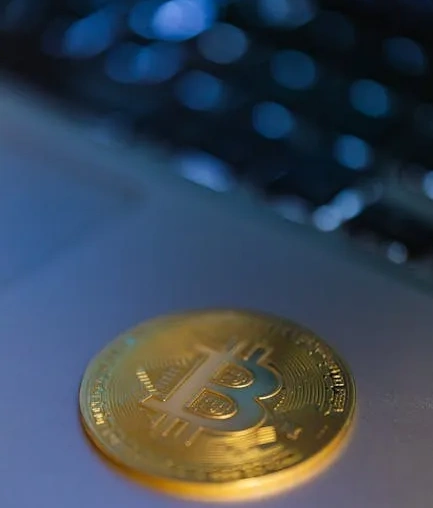
Ethereum Staking Reaches New Milestone: 35 Million ETH Locked
The Ethereum network has achieved a significant milestone, with over 35 million ETH now staked—equivalent to roughly 29% of its circulating supply. This surge in staking activity, fueled by investors chasing passive yields, is tightening liquidity and reshaping market dynamics. According to Dune Analytics, the trend shows no signs of slowing, as institutional players like SharpLink double down on long-term crypto strategies.

Why Staking Is Surging
Staking allows ETH holders to earn rewards (currently ~3-5% APY) by locking their tokens to secure the network. Key drivers behind the uptick include:
- Institutional adoption: Corporate treasuries are increasingly allocating to staked ETH as a hedge against inflation.
- Regulatory clarity: Ethereum’s shift to Proof-of-Stake (PoS) has reduced energy concerns, attracting ESG-focused investors.
- DeFi integration: Platforms like Lido and Rocket Pool simplify staking for retail users.
The Liquidity Squeeze Effect
With 35 million ETH (~$105 billion at current prices) locked, available supply for trading is shrinking. This could:
- Boost volatility: Reduced liquidity may amplify price swings during market stress.
- Fuel long-term price appreciation: Scarcity often drives value, especially if demand rises post-ETF approvals.
- Shift trading behavior: More investors may opt for derivatives (e.g., futures) to gain exposure without owning ETH.
What’s Next for Ethereum?
Analysts suggest the staking wave could accelerate further if:
- The SEC greenlights spot Ethereum ETFs, mirroring Bitcoin’s institutional inflow.
- Upgrades like EIP-4844 (Proto-Danksharding) reduce layer-2 transaction costs, boosting network utility.
- Competitors like Solana face regulatory hurdles, reinforcing ETH’s dominance in smart contracts.
Bottom line: Ethereum’s staking boom reflects a broader crypto maturation—from speculative asset to yield-generating infrastructure. While liquidity tightness poses short-term challenges, it underscores ETH’s evolving role as a cornerstone of decentralized finance.



